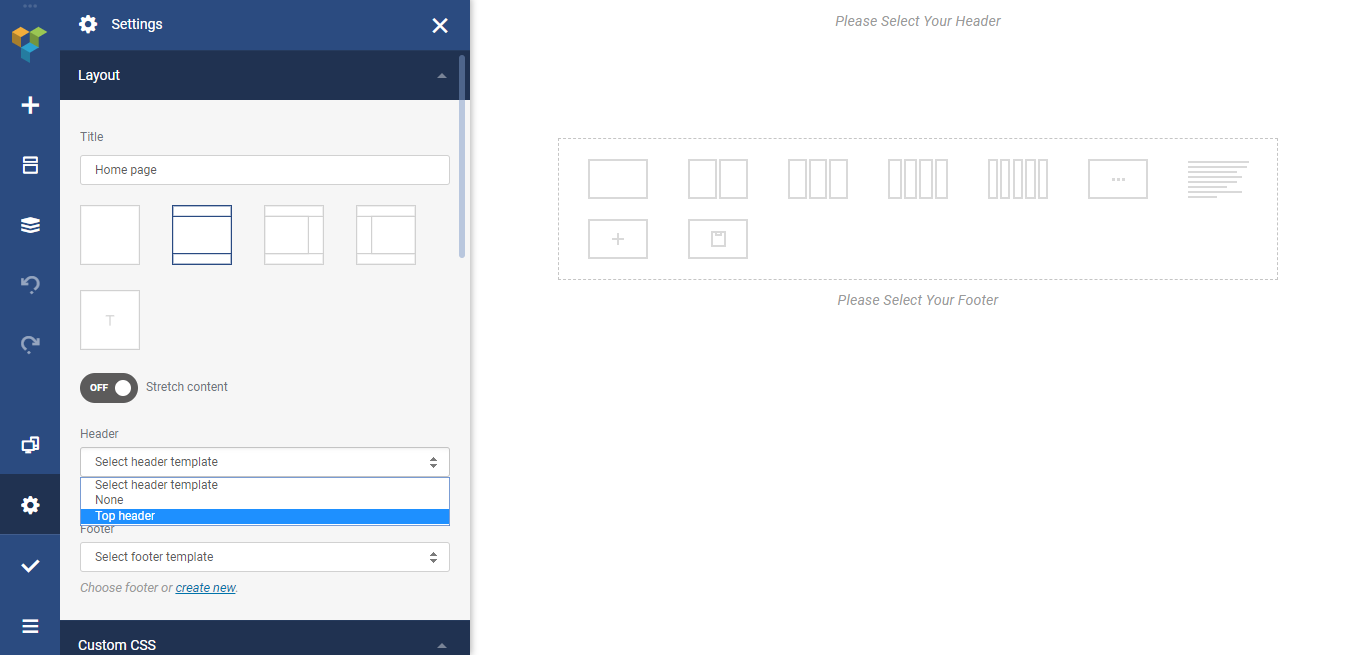

- #WAIT UNTIL RESPONSIVE RESIZE FINISHES REDRAWING THE PAGE UPDATE#
- #WAIT UNTIL RESPONSIVE RESIZE FINISHES REDRAWING THE PAGE FULL#
It isn’t until control returns from the service that change detection can continue. Finally, control returns to the click handler before completing.

The service in turn utilizes that value to filter a list. X events: redrawing, resizing, respoding to cut-and-paste. It does so by passing a value from the template into a service (ListService). The above loop basically consumes events until the method () is invoked. The following code contains a component (AppComponent) that responds to a click event. Let’s examine a simple example of where an event binding may take longer to execute than anticipated.
#WAIT UNTIL RESPONSIVE RESIZE FINISHES REDRAWING THE PAGE UPDATE#
This happens because Angular must wait for the callback to finish before change detection can continue and the update rendered. If this target is not met the frame rate drops below 60 frames per second. Designing these events to take as little time as possible ensures that change detection does not take more than 17 ms. The most obvious examples are DOM and component event bindings. Tip 1: Make Events FastĮvent handlers can exist in many locations within an Angular application. Let’s look at a few simple ways that we can improve each of these aspects. As such, runtime performance in Angular ties to its change detection process, which includes three steps:
#WAIT UNTIL RESPONSIVE RESIZE FINISHES REDRAWING THE PAGE FULL#
Note that calling draw () with any option other than the first parameter being page will result in a full re-order and re-search of the table being. draw () to your other API method calls, as shown in the examples below. Knowing how your application’s events behave and how they interact with Angular is key to improving performance. Keep in mind that due to the chaining nature of the DataTables API, calling the draw () method is just a case of adding. Often, a table that works well with small quantities of data begins lagging as the data size increases.

Care is most often needed as data size or feature complexity grows. But, some situations need fine-tuning and a deeper understanding of what Angular does under the hood. We often write applications with little concern for the internal Angular operations. Achieving this creates a smooth and seamless experience, in turn, increasing user confidence in your application. This means responding to user input and rendering in less than 17 milliseconds. To discuss any type of application performance, it’s important to define what we mean.īeing responsible for creating highly responsive interfaces requires that we care about performance.


 0 kommentar(er)
0 kommentar(er)
